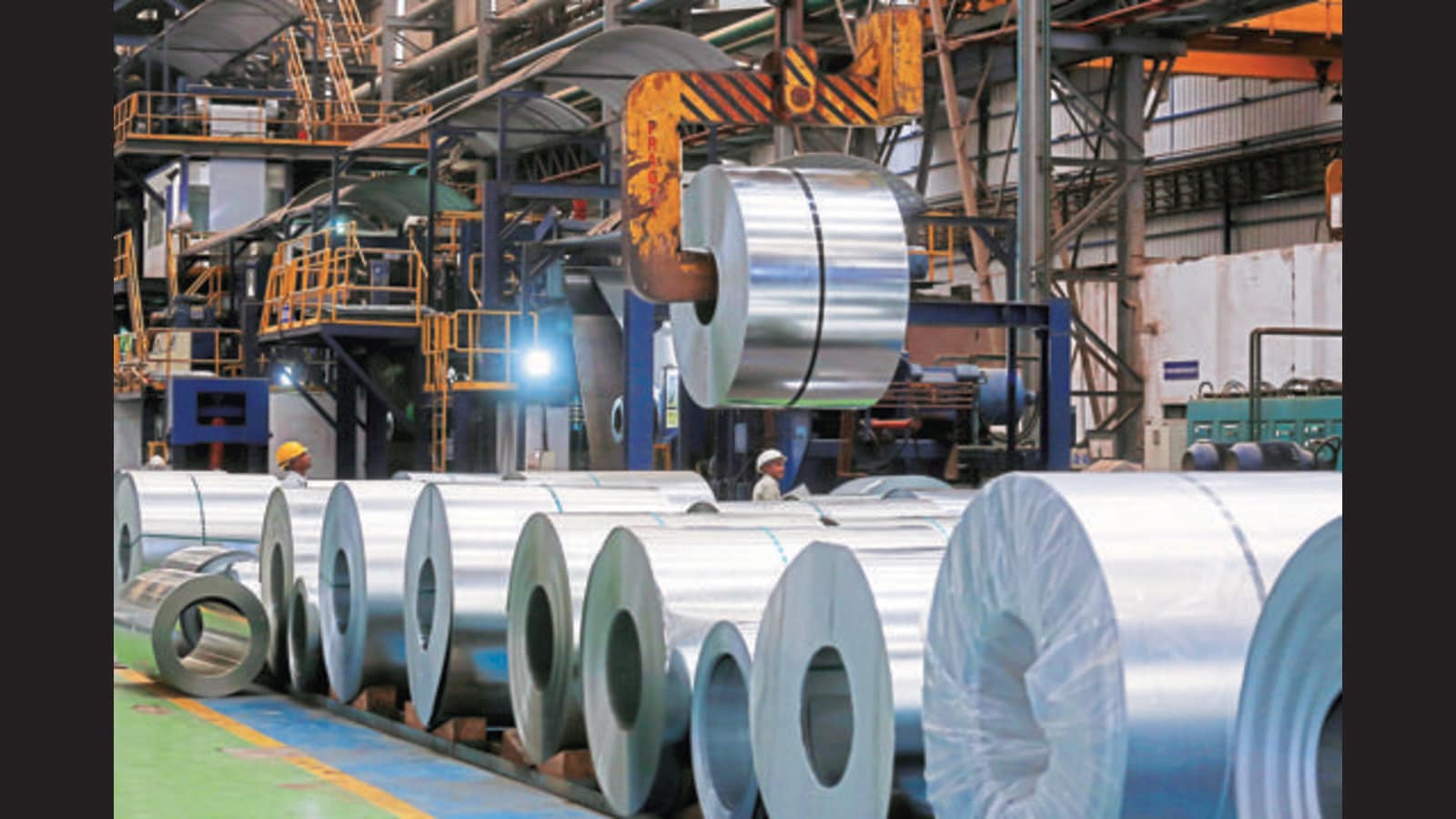[ad_1]
On November 22, India’s Minister of Trade and Industry Piyush Goyal is due to meet with his US counterpart, US Trade Representative (USTR) Katherine Tai for the Trade Policy Forum (TPF), the first time he meets. has been held since 2018. The meeting marks the first opportunity under Joe Biden’s administration for India and the United States to try to unravel some of the thorny market access issues that have hampered their trading relationship.
Under Donald Trump’s administration, the two sides came close to agreeing on a “mini trade deal” which would have seen India remove tariffs on certain products in exchange for reinstatement in the Generalized System program. of preferences (GSP), a zero tariff. program. Although Joe Biden’s administration has been lukewarm on the new trade deals, India continues to express hope that a new deal can be reached – and is approaching the next TPF by prioritizing the resumption of access to the SPG program.
{{^ userSubscribe}} {{/ userSubscribe}}
However, this US preferential program officially expired on December 31, 2020 and requires an act of Congress for re-authorization. Instead of focusing its efforts on recovering the benefits of the GSP, India should use the TPF to start negotiations with the United States on how to remove tariffs on steel and aluminum from the item. 232 that the United States imposed on India in 2018.
In 2018, the United States imposed a 25% tariff on certain steel products and a 10% tariff on certain aluminum products from India. India retaliated in June 2019 by increasing tariffs on 28 products worth about $ 1.2 billion on U.S. imports. But it’s not hard to see why India wants tariffs removed. India is the second largest producer of crude steel (accounting for 5.3% of global crude steel production in 2020), and in 2017, 4% of all Indian steel exports went to the United States. United, which was the sixth largest market for Indian steel producers. However, after the imposition of Section 232 tariffs, steel exports to the United States declined 46% year-on-year.
{{^ userSubscribe}} {{/ userSubscribe}}
The first step towards a potential deal is for India to take the lead and consider unilaterally removing its retaliatory tariffs. In doing so, India will show that it is ready to be a constructive player in trade negotiations and to create political leeway for the Biden administration. While the non-binding removal of tariffs from the United States is a leap of faith and will be difficult to sell internally, it will ultimately benefit bilateral trade relations and help Indian industry.
India’s willingness to lift its retaliatory tariffs will bring other benefits. There is growing momentum to enter into “mini-agreements” with Australia, the United Arab Emirates (UAE) and the United Kingdom (United Kingdom), and there is an agreement with the European Union (EU) to relaunch stalled trade negotiations. After years of increasing tariffs on various products (mainly to combat India’s growing trade deficit with China), there has been a noticeable change in the attitude of Narendra Modi’s government towards trade.
{{^ userSubscribe}} {{/ userSubscribe}}
From a strategic standpoint, one of the ways India can counter China is to deepen its trading relationship with partners who are committed to supporting India’s growth. India has a trade deal with Japan, and getting a deal with Australia is India’s next priority. An agreement with the United States will benefit India, both strategically and economically. As companies assess whether to move some of their manufacturing from China, a dynamic business strategy can complement production-related incentive programs and help boost both manufacturing and exports.
While the TPF is not likely to lead to any major breakthroughs, it is an important opportunity to forge a strong bilateral trade relationship over the Biden years. The United States is one of India’s most important partners and the two countries have come closer. Shared concerns over China have resulted in a strong defense and strategic relationship, eclipsing tensions in trade relations.
{{^ userSubscribe}} {{/ userSubscribe}}
India should use the TPF as an opportunity to put in place a market access package that will reduce trade tensions with the United States, while giving the Biden administration political cover to remove tariffs from the United States. section 232, which will ultimately benefit Indian businesses.
Akhil Bery is Director of South Asia Initiatives at the Asia Society Policy Institute
Opinions expressed are personal
[ad_2]

